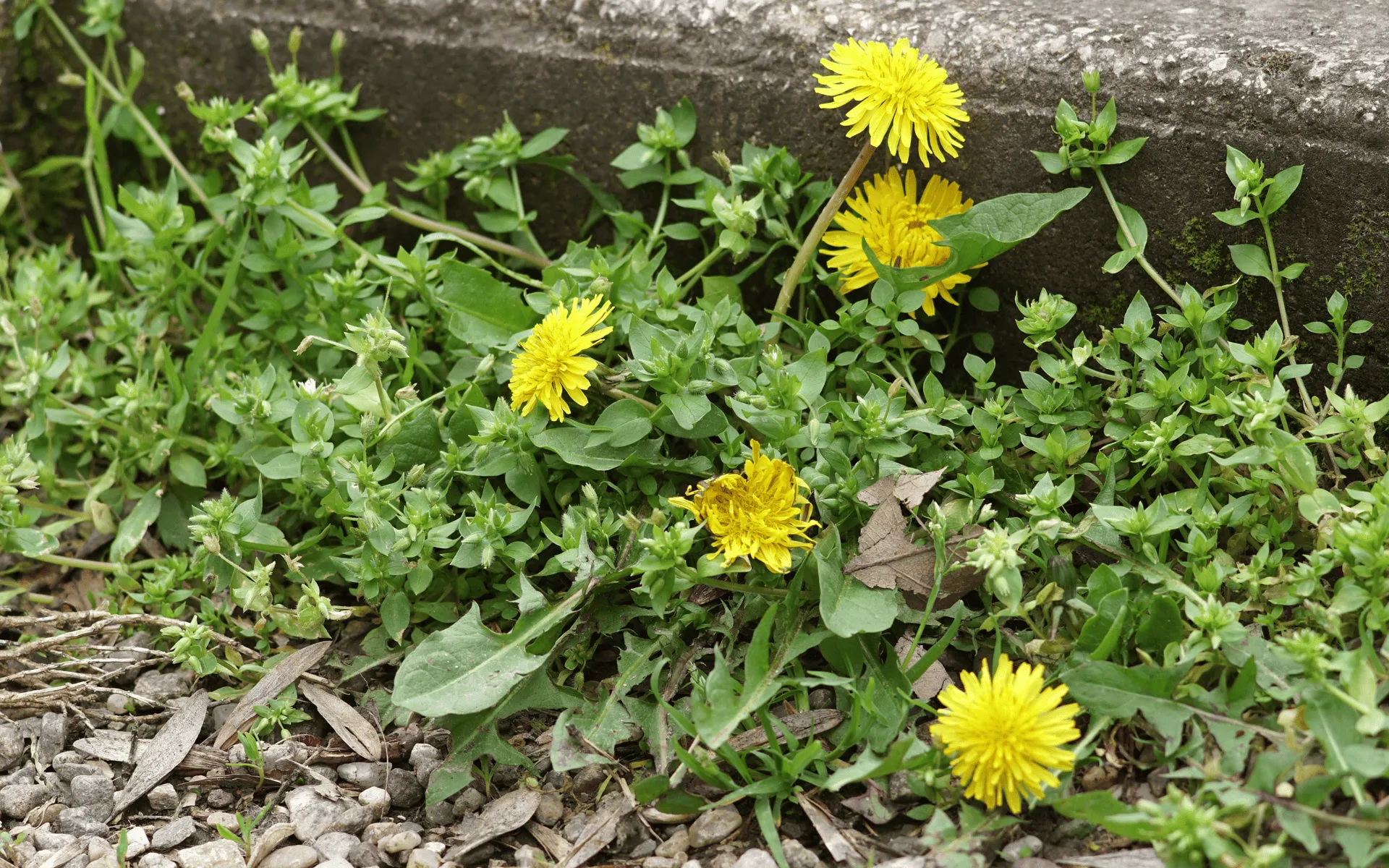Caring for a well-maintained lawn is a common goal for many Australian homeowners. However, many traditional lawn care methods can be detrimental to the environment. With increasing concerns about water shortages, soil degradation, and the impacts of chemical use, it’s essential to consider sustainable approaches to lawn maintenance.
Overuse of Chemical Fertilisers and Pesticides
There are ways to use fertilisers that are great for your lawn. Unfortunately, there are a lot more that can actually be harmful.
Certain chemical fertilisers and pesticides have long been popular for lawn care due to their ability to produce quick results. These products promise rapid green growth and pest control but often at a high environmental cost. Unfortunately, many homeowners rely too heavily on these products, which can lead to serious long-term damage.
Excessive Water Use
Water is a finite resource in Australia, and with the frequent droughts and dry spells many regions experience, water conservation is more crucial than ever. However, the traditional Australian lawn often demands large amounts of water to maintain its lush appearance. Over-watering lawns is a significant unsustainable practice, leading to a range of environmental issues.
Impact on the Environment
Excessive watering contributes to the depletion of water reserves, particularly in areas that rely on limited water sources. When more water is used than is necessary, it can also result in water runoff, which can carry fertilisers, pesticides, and herbicides into stormwater systems. This runoff can pollute rivers, lakes, and oceans, leading to ecological imbalances and the destruction of aquatic habitats.
Impact on the Environment

When overused, fertilisers can cause nutrient imbalances in the soil, leading to unhealthy grass that is more prone to disease and pest attacks. Pesticides, on the other hand, can kill beneficial insects and microorganisms that help maintain healthy soil. Additionally, chemical runoff from these products can leach into the groundwater, affecting both water quality and aquatic ecosystems. Over time, this creates a toxic environment not just for the lawn but for the surrounding flora and fauna as well.
Poor Soil Management
A lush, healthy lawn starts with healthy soil, but poor soil management is a common issue among homeowners. Many people focus solely on the appearance of the grass without considering the quality of the soil beneath. This often leads to practices like frequent mowing, compacting the soil, and failing to aerate properly.
Impact on the Environment
When soil becomes compacted, it loses its ability to absorb water efficiently. This leads to increased runoff, which exacerbates water waste and pollution. Compacted soil also makes it harder for grass roots to penetrate deep into the ground, which weakens the lawn and makes it more susceptible to drought. Without proper aeration, the soil can become deprived of oxygen, further stunting grass growth and encouraging the development of moss and other unwanted plants.
Frequent Mowing and Lawn Clippings Mismanagement
Mowing the lawn frequently is another common unsustainable practice. While keeping the grass short may seem ideal for aesthetic purposes, frequent mowing can harm the grass and disrupt its natural growth cycle. Additionally, many homeowners dispose of lawn clippings rather than reusing them.

Impact on the Environment
Frequent mowing weakens the grass by preventing it from developing strong root systems. Grass cut too short is more prone to heat stress and drought, meaning it requires more water to stay healthy. In addition, if lawn clippings are discarded instead of mulched back into the lawn, valuable nutrients are wasted. Grass clippings can provide natural fertilisation, reducing the need for chemical inputs.
Using Invasive Grass Species
Australia’s unique environment requires careful consideration of the types of grass used in lawns. However, many homeowners unknowingly plant invasive grass species that are not suited to the local climate or ecosystem. These species often require more resources, such as water and fertilisers, to maintain and can outcompete native plant species.
Impact on the Environment
Invasive grass species can disrupt the local ecosystem by overtaking native plants and altering habitats for local wildlife. They often require more water and nutrients than native species, which further exacerbates unsustainable lawn care practices. Choosing non-native grasses also increases the likelihood of lawn diseases and pests, which can lead to an over-reliance on harmful chemicals.
Conclusion
Unsustainable lawn practices can have far-reaching consequences for the environment. By understanding these practices and taking steps towards more eco-friendly alternatives, homeowners can enjoy a beautiful, lush lawn while minimising their ecological footprint. Sustainable lawn care is not only better for the planet but can also save time and money in the long run.










